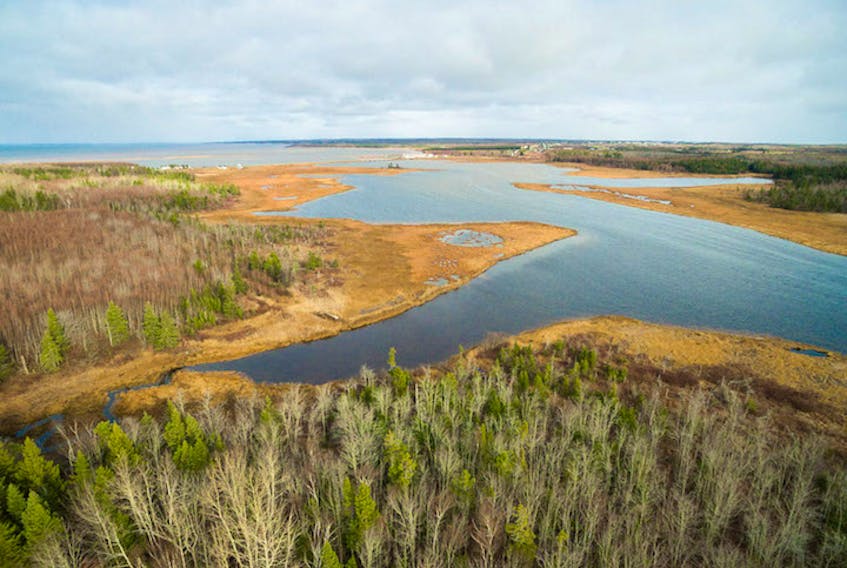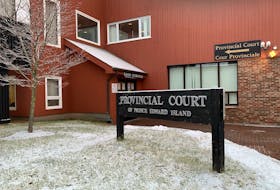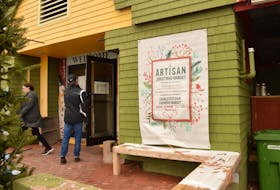The Nature Conservancy of Canada’s latest project will help protect one of the Island’s largest and most intact salt marshes.
The charitable land trust has an opportunity to conserve 10 hectares of forested land bordering the salt marsh in Abrams Village, west of Summerside.
Intact salt marshes are some of the world’s most biologically productive and valuable ecosystems, supporting a diversity of birds and plants, and acting as nurseries for fish and other marine life, says the NCC in a press release.
Only one per cent of Prince Edward Island’s landmass is made up of salt marshes, making these rare landscapes critically important areas for conservation, both for wildlife and local communities.
“We are excited about this opportunity to expand our nature reserve in Abrams Village,” says Lanna Campbell, NCC’s P.E.I. program director.
“Coastal forest like this isn’t often available, so we are appealing for donations to purchase and conserve it and provide better protection for the salt marsh.’’
All donations will be matched by the federal government through the Natural Heritage Conservation Program. Donations received by Dec. 31 will receive a receipt for a 2019 tax credit.
The Abram-Village salt marsh provides vital habitat for many species of birds, including the great blue heron, red-breasted merganser, American black duck, Nelson’s sparrow, willet, belted kingfisher and common goldeneye.
Salt marshes played an important role in P.E.I.’s history. Salt marsh hay was a valuable resource that helped pioneer families survive long winters by providing feed for their livestock. Unfortunately, many salt marshes were drastically altered in the process of harvesting the marsh hay and rich “mussel mud,” which was used as fertilizer.
The result is that P.E.I.’s coastline has fewer intact salt marshes than other parts of Atlantic Canada, and those that remain are in greater need of protection. The salt marsh at Abram-Village may have survived intact because the surrounding area is low-lying, wet and of limited use for agriculture.









